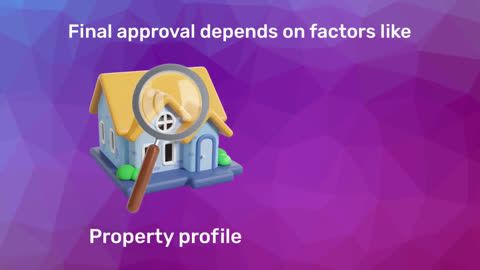In the realm of property law, easements play a crucial role in ensuring the rights and convenience of property owners. The Transfer of Property Act, 1882, meticulously outlines the concept and regulations of easements, which are essential for the orderly and fair use of property. This article delves into the intricacies of easements as defined in the Transfer of Property Act, highlighting their importance, types, and the process involved.
What is an easement?
An easement is a legal right granted to a property owner to use a portion of another person's property for a specific purpose. It is a non-possessory interest in land, meaning the holder of the easement does not own the land but has the right to use it in a certain way. This right is essential for various practical purposes, such as accessing a road, laying utility lines, or ensuring natural light and air to a property.
Importance of easements in the Transfer of Property Act
The Transfer of Property Act, 1882, provides a detailed framework for the creation, existence, and termination of easements. This legal structure is vital for maintaining harmony among property owners and ensuring the functional use of land. Easements are significant because they:
- Facilitate access: Easements allow property owners to access public roads, pathways, or utilities that may be otherwise inaccessible due to the location of their property.
- Preserve rights: They protect the rights of property owners to use their land efficiently and without undue obstruction from neighbouring properties.
- Enhance property value: The existence of necessary easements can enhance the usability and value of a property, making it more attractive to potential buyers and financial institutions for loans.
- Prevent disputes: By clearly defining the rights and obligations related to the use of land, easements help in preventing and resolving disputes among property owners.
Types of easements
Easements can be classified into various types based on their purpose and nature:
1. Affirmative and negative easements:
- Affirmative easements: These allow the holder to perform a specific action on another's property, such as a right of way.
- Negative easements: These restrict the property owner from performing certain actions, like building structures that block sunlight to a neighbour’s property.
2. Appurtenant and in gross easements:
- Appurtenant easements: These are attached to a specific parcel of land and benefit its owner, such as an easement for accessing a driveway.
- In gross easements: These benefit an individual or entity rather than a specific parcel of land, like utility companies having rights to lay cables.
3. Express and implied easements:
- Express easements: These are explicitly created through a written agreement or deed.
- Implied easements: These arise from the circumstances of the property’s use, even if not explicitly stated.
Creation of easements under the Transfer of Property Act
Easements can be created in several ways under the Transfer of Property Act:
- By agreement: Easements can be created through a formal agreement between the property owner and the person who will hold the easement.
- By necessity: When a property is landlocked, and there is no other way to access it, an easement by necessity can be established.
- By prescription: Continuous and uninterrupted use of a portion of another’s property for a specified period can result in an easement by prescription.
Termination of easements
Easements can be terminated through various means:
- Release: The holder of the easement can release their rights back to the property owner.
- Expiration: Easements granted for a specific period or purpose expire once that period ends or the purpose is fulfilled.
- Merger: When the dominant and servient tenements come under the same ownership, the easement is extinguished.
- Abandonment: If the easement holder abandons the use of the easement, it can be terminated.
Bajaj Housing Finance Home Loan
Now that you know all about easements under the Transfer of Property Act, it's time to think about how these concepts apply to your property journey. When seeking a home loan, partnering with a trustworthy financial institution is key. Bajaj Housing Finance offers a variety of home loan products tailored to fit your needs—whether you're buying a new home, or renovating an existing property. With flexible options and competitive interest rates, Bajaj Housing Finance empowers you to make informed decisions about your real estate investments.
Here are a few reasons to opt for a home loan from Bajaj Housing Finance:
- Competitive interest rates: Bajaj Housing Finance offers attractive interest rates, making it affordable for homebuyers to finance their property purchase.
- Long repayment tenure: With extended repayment tenures, borrowers can choose a plan that best suits their financial situation.
- Quick processing: The streamlined loan application process ensures quick approvals and disbursals, helping you secure your dream home without unnecessary delays.
Visit the Bajaj Finserv website and apply for a home loan today!




